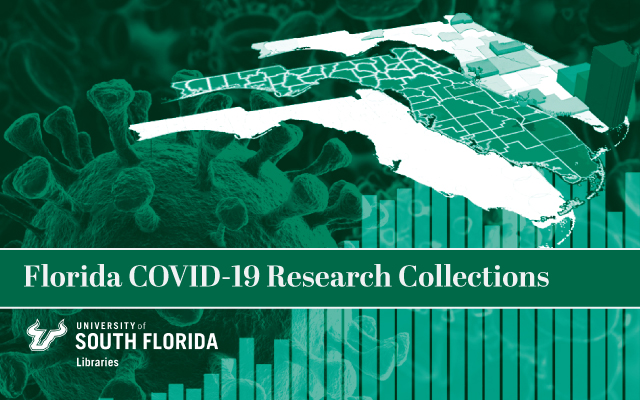
All publications
On the Impact of the COVID-19 Pandemic on Air Quality in Florida
Document Type
Article
Publication Date
2021
Keywords
COVID-19 lockdown, Vehicular emissions, Power generation, Ground-level measurements, Criteria pollutants
DOI
https://doi.org/10.1016/j.envpol.2021.117451
Abstract
Since early 2020, the world has faced an unprecedented pandemic caused by the novel COVID-19 virus. In this study, we characterize the impact of the lockdown associated with the pandemic on air quality in six major cities across the state of Florida, namely: Jacksonville, Tallahassee, Gainesville, Orlando, Tampa, and Miami. Hourly measurements of PM2.5, ozone, NO2, SO2, and CO were provided by the US EPA at thirty sites operated by the Florida Department of Environmental Protection during mid-February to mid-April from 2015 through 2020. To analyze the effect of the pandemic, atmospheric pollutant concentrations in 2020 were compared to historic data at these cities during the same period from 2015 to 2019. Reductions in NO2 and CO levels were observed across the state in most cities and were attributed to restrictions in mobility and the decrease in vehicle usage amid the lockdown. Likewise, decreases in O3 concentrations were observed and were related to the prevailing NOx-limited regime during this time period. Changes in concentrations of SO2 exhibited spatial variations, concentrations decreased in northern cities, however an increase was observed in central and southern cities, likely due to increased power generation at facilities primarily in the central and southern regions of the state. PM2.5 levels varied temporally during the study and were positively correlated with SO2 concentrations during the lockdown. In March, reductions in PM2.5 levels were observed, however elevations in PM2.5 concentrations in April were attributed to long-range transport of pollutants rather than local emissions. This study provides further insight into the impacts of the COVID-19 pandemic on anthropogenic sources from vehicular emissions and power generation in Florida. This work has implications for policies and regulations of vehicular emissions as well as consequences on the use of sustainable energy sources in the state.
Citation / Publisher Attribution
Environmental Pollution, v. 285, art. 117451
Scholar Commons Citation
El-Sayed, Marwa M. H.; Elshorbany, Yasin F.; and Koehler, Kirsten, "On the Impact of the COVID-19 Pandemic on Air Quality in Florida" (2021). All publications. 140.
https://digitalcommons.usf.edu/usf_fcrc_all/140

